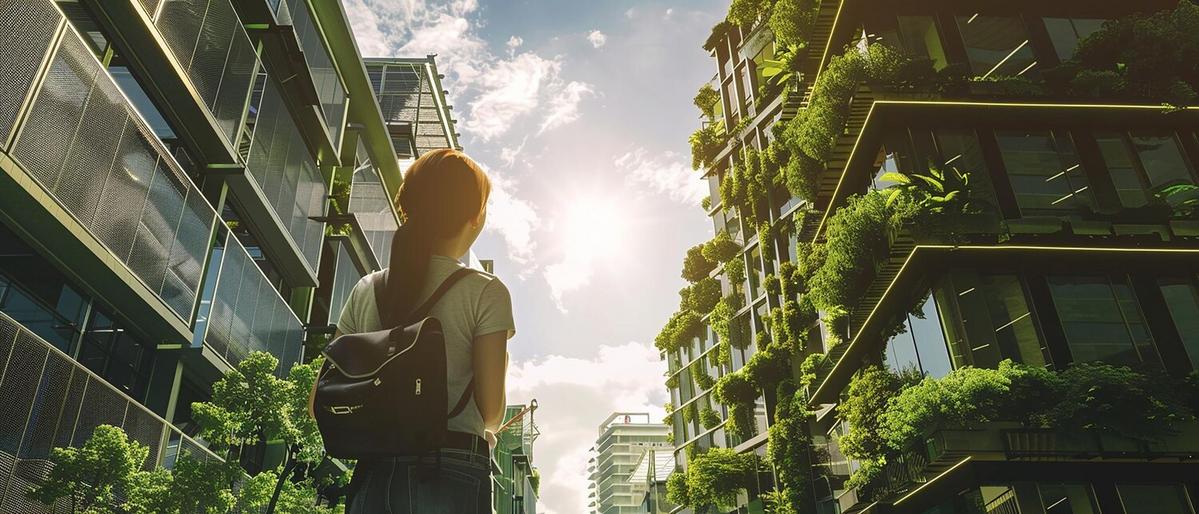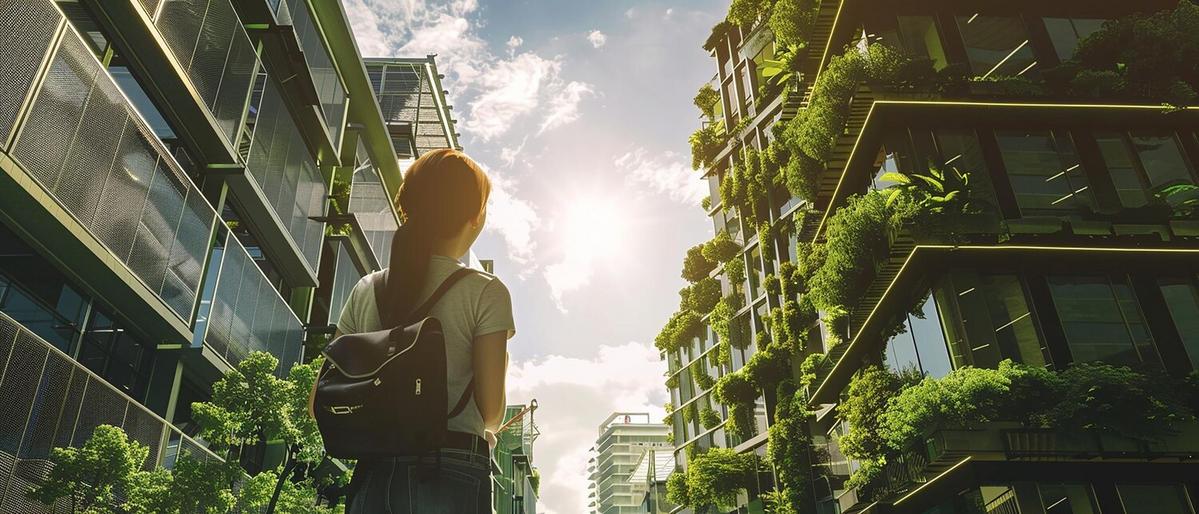
Investing in Green Real Estate: A Guide for Beginners
As the world increasingly emphasizes sustainability, investing in green real estate is becoming a popular choice for environmentally-conscious individuals looking to make a positive impact while also achieving financial growth.
Green real estate refers to properties that are designed, built, or refurbished with sustainability in mind. These properties often incorporate energy-efficient systems, sustainable materials, and practices that reduce environmental impact. As a beginner, navigating the world of green real estate might seem daunting, but the rewards can be substantial both for your wallet and the planet.
Understanding Green Real Estate
Green real estate is more than just a trend; it’s a growing sector with a strong foundation. According to the U.S. Green Building Council, green buildings can reduce energy use by 30-50%, water use by 40%, and carbon emissions by 35% compared to conventional buildings. These statistics highlight the potential savings and environmental benefits.
Expert Insights
“Investing in green real estate is not only a smart financial move but also a commitment to sustainable living,” says Emily Smith, a renowned sustainable development consultant.
Benefits of Green Real Estate Investments
- Energy Efficiency: Green properties often feature advanced insulation, energy-efficient windows, and smart thermostats, which can drastically reduce utility bills.
- High Demand: As awareness around climate change grows, so does the demand for sustainable living spaces.
- Government Incentives: Many governments offer tax incentives and rebates for eco-friendly improvements, enhancing profitability.
Getting Started
For beginners, starting with green real estate can be simplified by following a few steps:
- Educate Yourself: Understand the basics of green building standards and certifications like LEED.
- Consult Experts: Work with real estate agents or consultants who specialize in sustainable properties.
- Evaluate Properties: Look for properties with energy-efficient features and check for potential in upgrading existing structures.
Personal Experience
Consider the journey of Mark, a first-time investor who purchased an older home and transformed it into a green haven. By adding solar panels, installing a rainwater harvesting system, and improving insulation, he not only increased the property’s value but also reduced his carbon footprint significantly.
Comparison: Green vs. Traditional Real Estate
| Feature | Green Real Estate | Traditional Real Estate |
|---|---|---|
| Energy Efficiency | High | Medium |
| Water Conservation | Advanced Systems | Basic Systems |
| Initial Cost | Higher | Lower |
| Long-term Savings | Significant | Moderate |
| Environmental Impact | Low | High |
| Government Incentives | Available | Limited |
| Market Demand | Increasing | Stable |
| Resale Value | Potentially Higher | Variable |
Pro Tips for Green Real Estate Investment
Start small with manageable projects like solar panel installations or energy-efficient appliances to gradually transform your property into a sustainable investment.
Frequently Asked Questions
What defines a green real estate property?
Green properties are characterized by energy efficiency, sustainable materials, and reduced environmental impact.
Are there financial benefits to investing in green real estate?
Yes, while initial costs may be higher, the long-term savings and government incentives can make green real estate a profitable investment.
Conclusion
Investing in green real estate not only supports environmental sustainability but also offers financial benefits like reduced utility bills and potential tax incentives. By taking small, informed steps, beginners can effectively enter the green real estate market and contribute to a more sustainable future.


